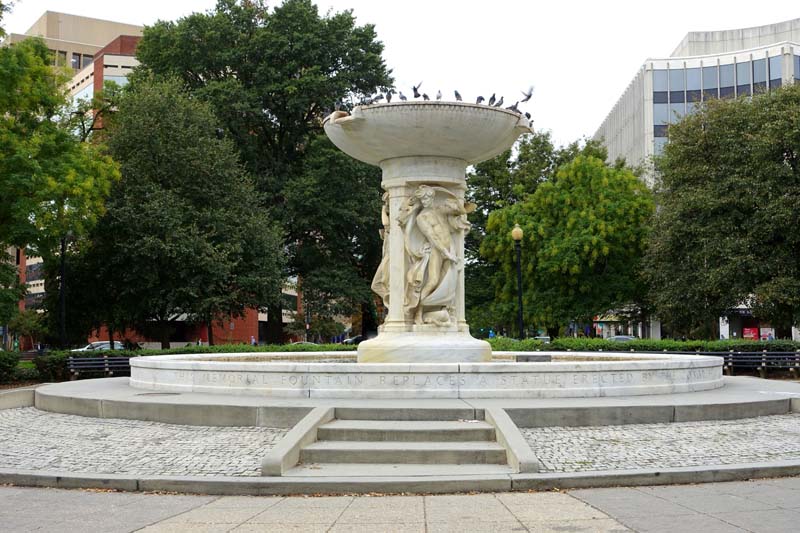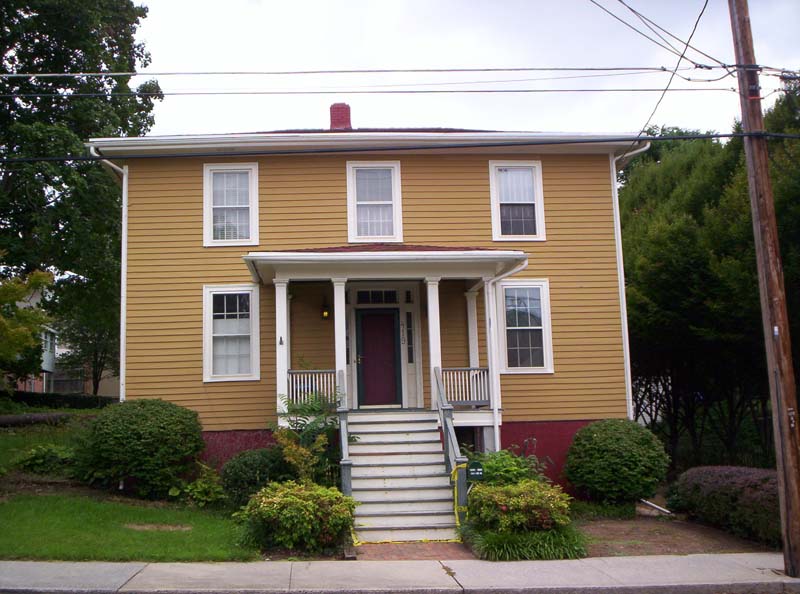-
Membership
Membership
Anyone with an interest in the history of the built environment is welcome to join the Society of Architectural Historians -
Conferences
Conferences
SAH Annual International Conferences bring members together for scholarly exchange and networking -
Publications
Publications
Through print and digital publications, SAH documents the history of the built environment and disseminates scholarship -
Programs
Programs
SAH promotes meaningful engagement with the history of the built environment through its programs -
Jobs & Opportunities
Jobs & Opportunities
SAH provides resources, fellowships, and grants to help further your career and professional life -
Support
Support
We invite you to support the educational mission of SAH by making a gift, becoming a member, or volunteering -
About
About
SAH promotes the study, interpretation, and conservation of the built environment worldwide for the benefit of all
SAH Archipedia: Pride Month
Jun 21, 2021
by
SAH News
In celebration of Pride Month, explore the following LGBTQ sites in SAH Archipedia.
Dupont Circle
Since at least the 1960s and likely earlier, Dupont Circle has had an important role as civic space for political and social groups that were not welcome in other public spaces of Washington, D.C. The counterculture and civil rights activists of the 1960s, the appropriation of the circle by the gay community, and later the nascent punk and hardcore scene in the 1980s have not always been kind to the landscape, but their role should be acknowledged in the cultural landscape of the park. In particular, the gay community became an important part of the history of this urban community and the neighborhood is considered a historic locale in the development of American gay identity.
Billy Haines Birthplace
William “Billy” Haines (1900–1973) was one of Hollywood's highest-paid actors and the town's first openly gay movie star. The actor and interior designer grew up in this mid-nineteenth-century house in Staunton, Virginia. Haines's childhood home is a far cry from the glamour of the rich and famous.
Pasaquan
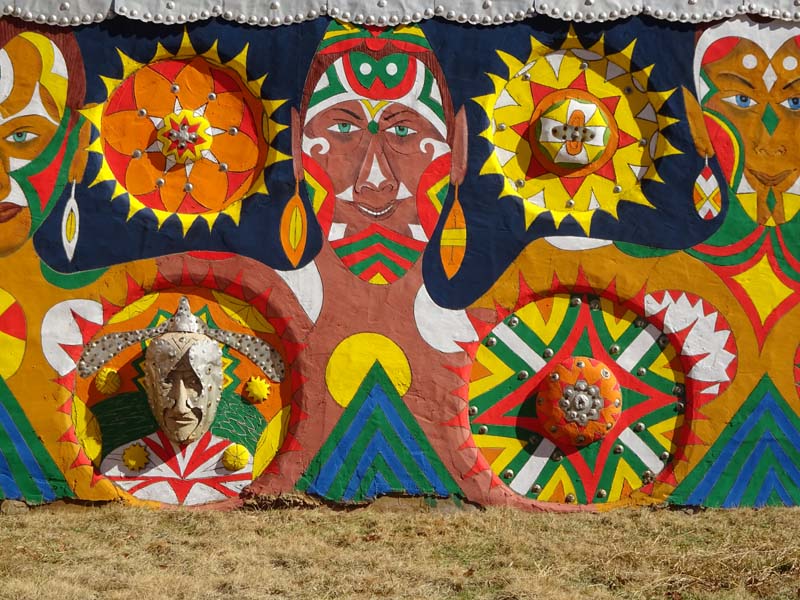 Photograph by Robert M. Craig
Photograph by Robert M. CraigEddie Owens Martin (1908–1986) was one of the most colorful characters in the history of art and architecture in Georgia. In the early 1920s the self-taught artist left his hometown of Buena Vista for New York City, where he worked as a street hustler, bartender, gambler, drag queen, and fortune teller. In 1957, he returned to Buena Vista and spent the next thirty years developing the seven-acre visionary art environment, Pasaquan.
Bryant Park
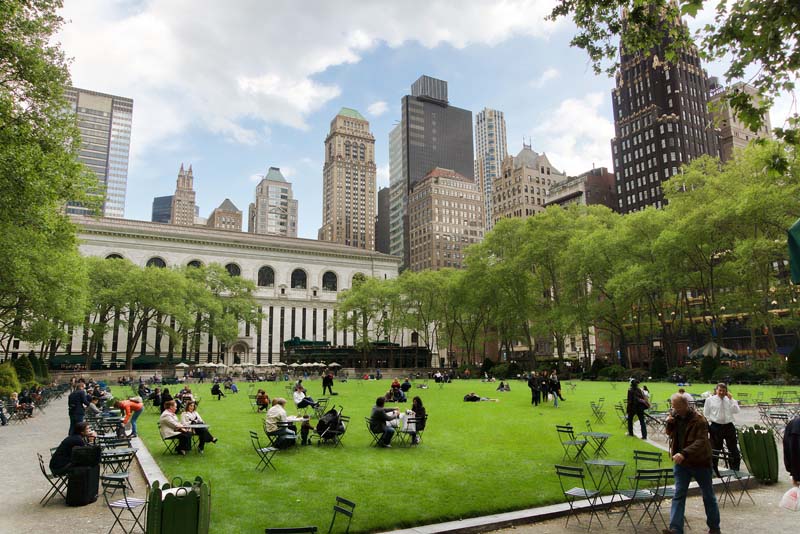
Photograph by Jean-Christophe Benoist, CC BY 3.0
New York City’s Bryant Park is a 9.6-acre green space amidst the densely packed skyscrapers of Midtown Manhattan. Use of Bryant Park changed over time, largely following changes to the surrounding urban context. During the late nineteenth century, the park was popular with families living in the nearby brownstones. As office buildings and stores replaced the residences, the park became a lunch spot for workers and shoppers and a place to meet visitors arriving at Grand Central Station a few blocks to the east. By the mid-twentieth century, Bryant Park was known as a gay cruising spot, in addition to being a site for drug sales and prostitution, which ultimately led to the park’s redesign.
Congressional Cemetery
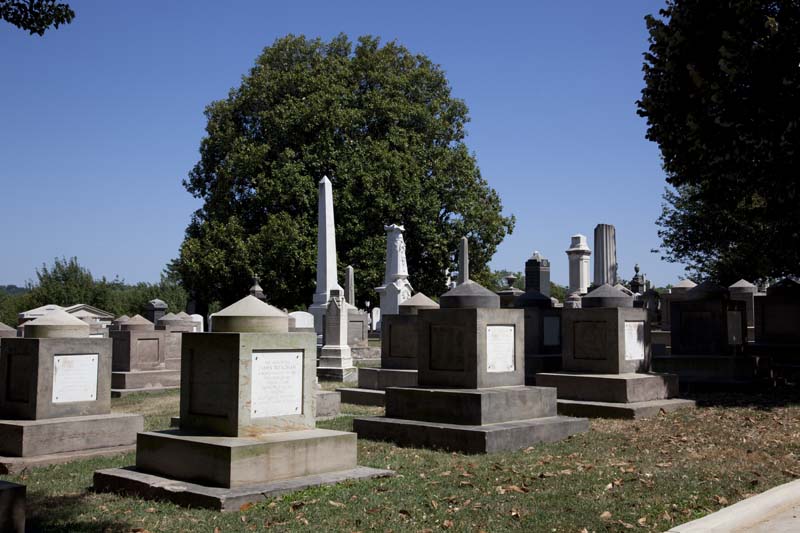
Photograph by Carol M. Highsmith
Washington, D.C.’s Congressional Cemetery is home to a distinct LGBTQ section that includes the graves of Dr. Franklin E. Kameny and Barbara Gittings, who began the modern gay rights movement in the 1960s, along with that of Leonard Matlovich, who campaigned for gay rights in civilian and military life.



